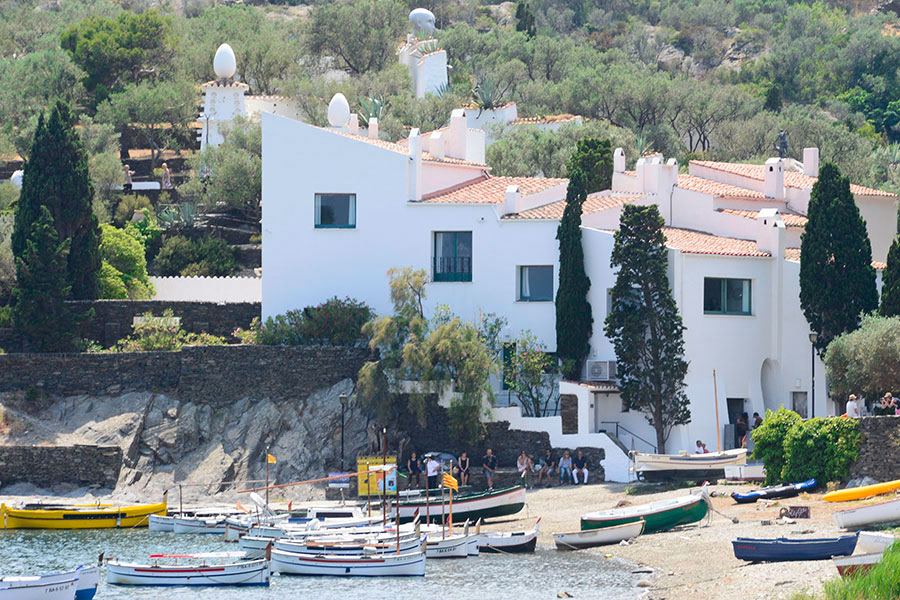
mbCDQ | 12 May 2023
Salvador Dali may not have been born in Cadaqués, but this remote point on the peninsula of Cap de Creus was, without doubt, the place which was forever closest to his heart.
The artist's paternal grandfather had been born in a house behind the church of Santa Maria, in the casco antiguo, the oldest quarter of the village. Dalii's father was a well-respected notary in the nearby town of Figueres, the capital of the Alt Emporda region and the birthplace of the artist. With a very comfortable standard of living, the family could afford to maintain a second residence in Cadaques, where they would normally spend a large portion of the summer months.
Some of the earliest photos of the young Salvador Dali capture him having a coffee with his sister on the terrace of the holiday home, which was (and still is) located directly behind the beach of Llané Gran. The house also appears, as a backdrop, in some of Dalí's early paintings.
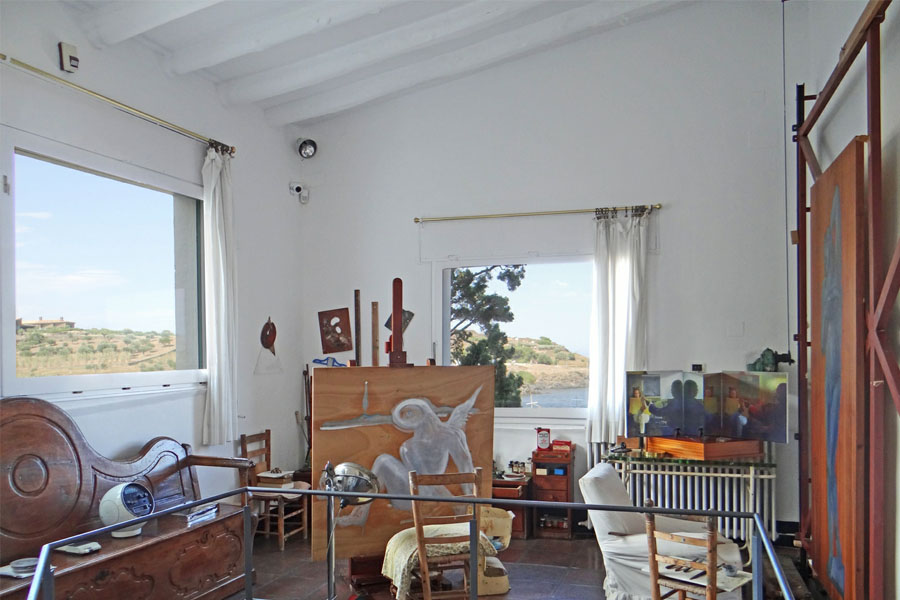
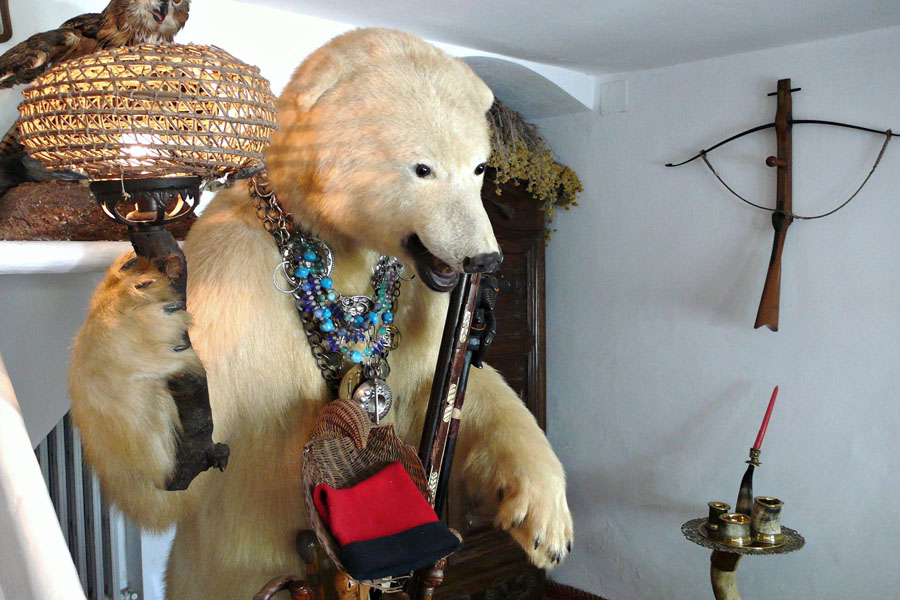
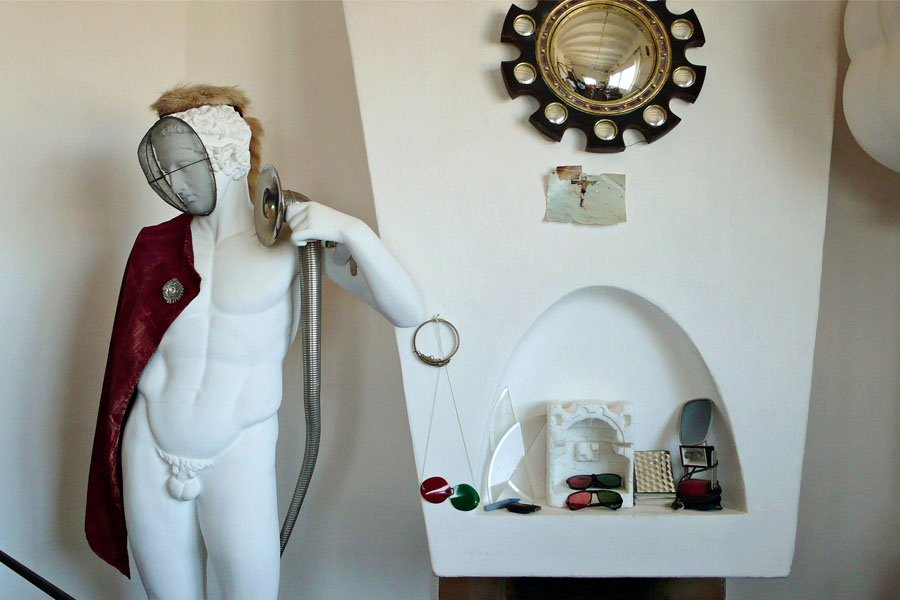
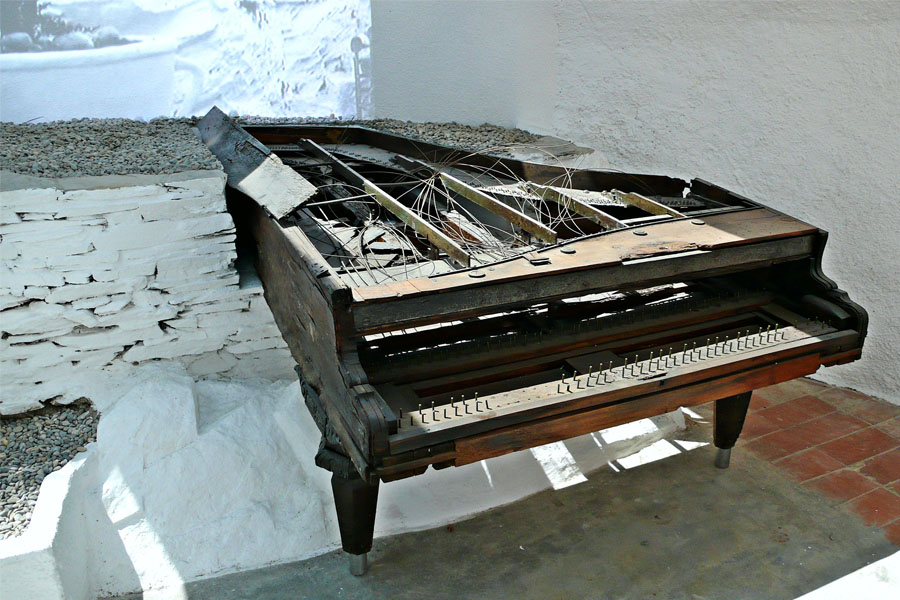
In 1948, after a stay in New York, Dali settled in Port Lligat, within the municipality of Cadaqués, but a little away from the main town. There he found the elements he was looking for in his artiistic and personal life: sea, light, tranquility and inspiration. It was his place in the world and at the same time his place 'outside' the world, where he had the freedom to develop his peculiar vision and style.
When Dalí arrived, Port Lligat was nothing more than a small collection of fishermen's huts. The truth is that even with the arrival of Dali, it did not change much, only that over the years Dali bought up the baracas that adjoined his in order to turn them into the big and eccentric house that we can enjoy today.
The Dali house/museum has been kept as it was when he last left Dali. It is clearly noticeable that it was originally a group of humble houses. The halls and rooms are small and interconnected in such an irregular way that it costs the visitor a bit to find his way around. The windows almost all face the east and the sea. As for the decoration, perhaps the dried animals will be surprised. As soon as they enter, in the hall, visitors see their faces with a large polar bear raised on its hind legs and with a lamp in hand. Thus it is understood that we are not in just any house. But as much as the old owner was the best-known face of surrealism, the house was still a home and therefore has much in common with other rustic houses of the time: even the furniture is more practical than ostentatious, although The style of the 60s and 70s is clearly noticeable.
The pool area with Greek statues and Pirelli signs add a distinctly kitsch touch. In the garden, typically dry and with its own olive trees, several sculptures by the artist are erected, including a huge egg, a favorite symbol of the artist.
A veritable legion of stars 'A' of the time passed through Dali's house, or rather 'of the times', since Dali's fame lasted his entire life. Today, in what was the dressing room of the house photos of the famous guests are on display, ranging from princes to actors and writers.
Being very small we cannot enter and move freely around the house. All visits are made in very small groups and are guided (each area of the house has a guide). Must reserve For visits you have to book in advance. Outside of the high season, it is usually enough to show up at the box office and wait for the next visit. In high season everything is a bit more complicated and it is advisable to call at least the day before to make an appointment. The number for reservations is 972 251 015 and they can understand you in English, French, Spanish or Catalan.
The best way to get there by car is through the Sa Guarda area. As soon as you arrive in Cadaqués, you have to go almost all the way around the roundabout at the entrance of the town and take the Carretera de Port Lligat that goes up and goes around the town from above, thus avoiding entering the center of the town. It is well signposted. You just have to continue until the first important crossroads (1 km) where we turn left to enter the Carretera de Cap de Creus road. We leave the town passing by the sports hall and within 1.5 km we are above Port Lligat. we turn right and go down towards the sea. In summer you can take the first car park on the street, but in low season you can go almost to the beach of Port lligat and park on the street or enter the free car park behind the beach.
Port Lligat can also be reached by the street that goes down from the Cadaques cemetery. It is a narrow street and then there is a stretch of land about 200 meters behind the beach until you cross to the other side of the small bay where you can park (both in the parking lot and on the same street)

Everything you need to know about Cadaques from the best beaches in the area, to walking routes in the Cap de Creus Natural Park and advice for visiting the Casa/Museu Salvador Dali.
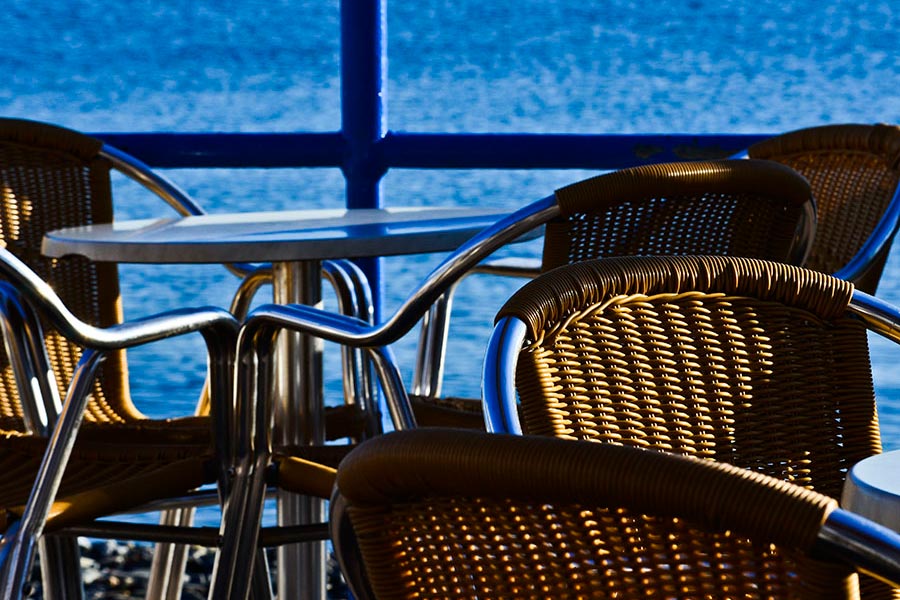
Our guide to the many restaurants and bars of Cadaques, Spain. From former hippy hangouts to live music venues and sophisticated waterside dining, there are more than 100 bars and restaurants to choose from.
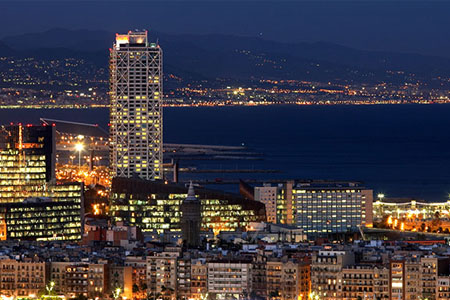
Why not set yourself up as an English teacher in Spain?

Free materials for teachers of English as a foreign language.
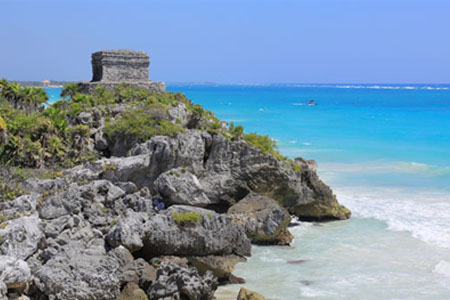
Learn the essential phrases you need for travelling in a Spanish-speaking country.